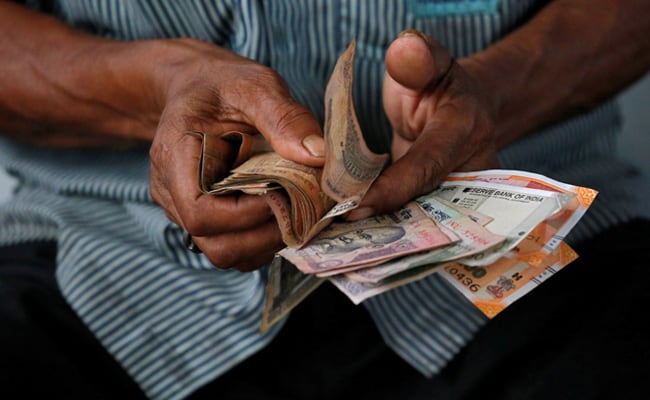2024-01-17 10:51:08

The Finance Minister will present an Interim Budget in the Parliament on February 1. (File)
The Union Budget is an annual financial document that outlines and estimates the government’s revenue and expenditure for the upcoming financial year. It’s the most important financial exercise for the central government as the Budget gives a detailed outline of revenues, expenditures, allocations, taxation and fiscal deficit.
Finance Minister Nirmala Sitharaman will present an Interim Budget in the Parliament on February 1, as the Lok Sabha elections are due in next few months. The full Budget for the financial year 2024-25 is expected to be presented in July after the Lok Sabha elections.
Ahead of the presentation of Budget 2024, let’s take a look at the budgetary exercise and the key components of the Union Budget.
1. A Snapshot Of Income And Expenditure
The Union Budget is a comprehensive overview of the government’s expected income and expenditures for the fiscal year. Simply put, income or government revenue mainly refers to the receipts from taxes and non-tax sources like dividends, interests and disinvestment exercises.
Expenditures are mainly mentioned in two categories – revenue expenditure and capital expenditure. These include the fund allocations for the continuation of various government schemes, sectoral allocations and the money set aside for various infrastructure as well as development projects.
2. Economic Survey
The Economic Survey is generally presented a day before the Union Budget. The document summarises the performance of the economy in the current financial year. This is a key indicator of important macroeconomic indices and gives an insight into the country’s overall financial condition.
3. Fiscal Deficit
Fiscal deficit is the difference between total revenue and total expenditure. This excludes the external borrowings. Fiscal deficit indicates the gap between the government’s total income and expenditure in a financial year. It’s a key component of the Union Budget as the percentage of fiscal deficit will show the amount that the government needs to borrow to meet all expenses.
A lower fiscal deficit helps maintain economic stability, whereas an excessive deficit could trigger inflation and create economic imbalances. In Budget 2023-24 the government had set a fiscal deficit target of 5.9 per cent of the Gross Domestic Product (GDP).
4. Finance Bill
The Finance Bill is presented every year after the Budget announcements. The Bill, when passed, becomes the Finance Act. This gives effect to all the announcements made by the government in the Union Budget. The Finance Bill is introduced to implement the changes in existing tax structure, imposition of new taxes and continuation of the current taxation.
5. Direct Taxes
Direct taxes are major sources of the government revenue. Direct taxes refer to the money paid by individual taxpayers and organisations to the government based on their earnings in a financial year. Income tax, corporate tax, wealth tax and capital gains tax fall under direct tax.
6. Indirect Taxes
Indirect taxes are another important source of tax revenue for the government. Indirect taxes are paid by the individuals for using various goods and services. The indirect taxes include levies like Goods and Services Tax (GST), customs duty and central excise duties.
7. Budget Estimates
This part of the Union Budget contains the estimated fund allocations to various ministries, departments, sectors and schemes for the upcoming financial year. Budget Estimates give an idea about how the where the allocated fund will be used.
8. Inflation
Inflation generally refers to the increase in the prices of essential commodities. Rising inflation remains a concern for the government and the efforts to tame inflation are reflected in Budget announcements.
9. Current Account Deficit and Revenue Deficit
The Current Account Deficit indicates the gap between the value of the imported goods and services and the country’s exports. Current Account Deficit arises when the imports exceed the total exports. On the other hand, a revenue deficit is an indication of the shortfall in the government’s net income compared to the projected receipts.
10. Plan and Non-Plan Expenditure
Government spending is broadly divided into two components: plan and non-plan expenditures. The plan expenditures constitute budgetary allocations to ministries and departments for various schemes. Non-plan expenditures constitute the outflows towards interest payments, statutory transfers to state governments and Union Territories, pension payments and salaries of government employees.
Union Budget,Budget 2024,Nirmala Sitharaman
Source link
![]()



